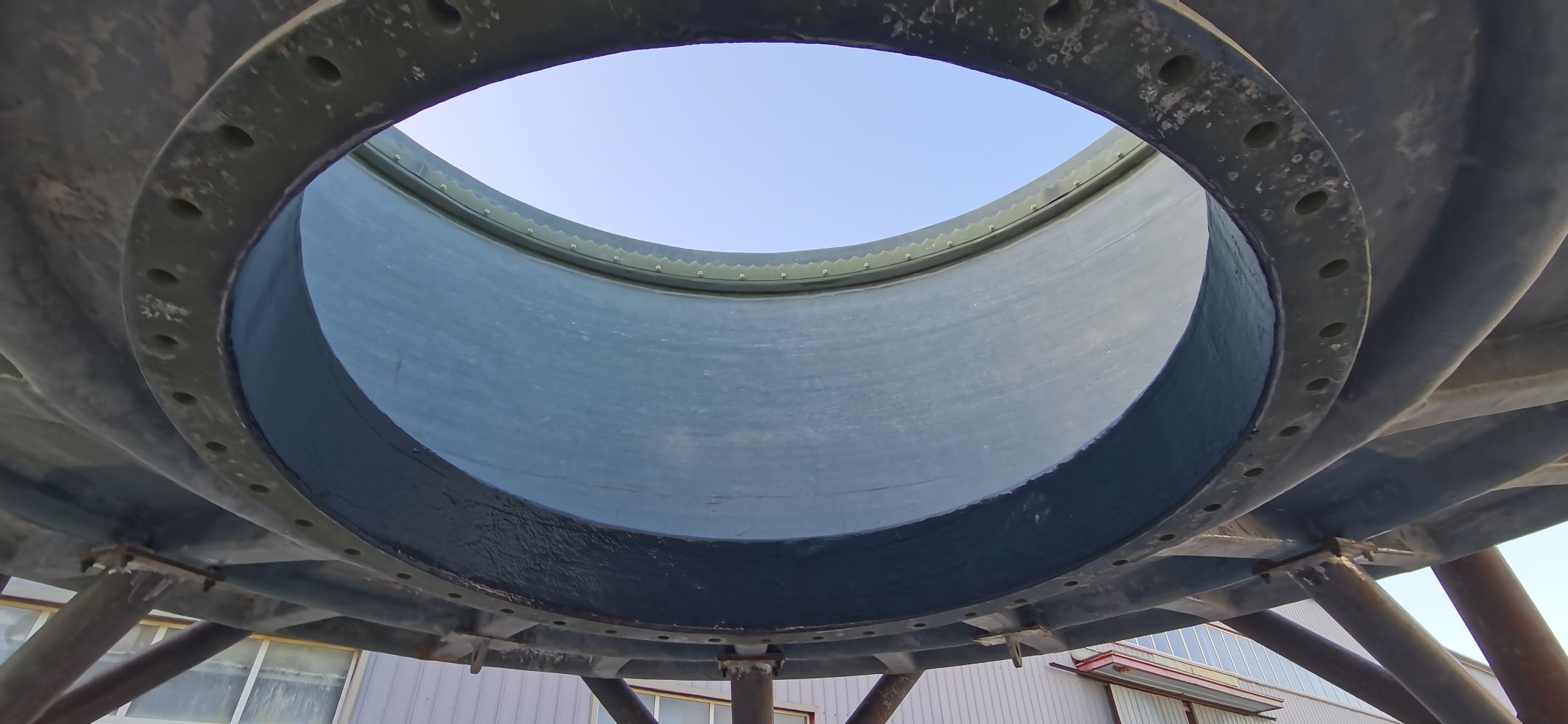
-
 Afrikaans
Afrikaans -
 Albanian
Albanian -
 Amharic
Amharic -
 Arabic
Arabic -
 Armenian
Armenian -
 Azerbaijani
Azerbaijani -
 Basque
Basque -
 Belarusian
Belarusian -
 Bengali
Bengali -
 Bosnian
Bosnian -
 Bulgarian
Bulgarian -
 Catalan
Catalan -
 Cebuano
Cebuano -
 China
China -
 China (Taiwan)
China (Taiwan) -
 Corsican
Corsican -
 Croatian
Croatian -
 Czech
Czech -
 Danish
Danish -
 Dutch
Dutch -
 English
English -
 Esperanto
Esperanto -
 Estonian
Estonian -
 Finnish
Finnish -
 French
French -
 Frisian
Frisian -
 Galician
Galician -
 Georgian
Georgian -
 German
German -
 Greek
Greek -
 Gujarati
Gujarati -
 Haitian Creole
Haitian Creole -
 hausa
hausa -
 hawaiian
hawaiian -
 Hebrew
Hebrew -
 Hindi
Hindi -
 Miao
Miao -
 Hungarian
Hungarian -
 Icelandic
Icelandic -
 igbo
igbo -
 Indonesian
Indonesian -
 irish
irish -
 Italian
Italian -
 Japanese
Japanese -
 Javanese
Javanese -
 Kannada
Kannada -
 kazakh
kazakh -
 Khmer
Khmer -
 Rwandese
Rwandese -
 Korean
Korean -
 Kurdish
Kurdish -
 Kyrgyz
Kyrgyz -
 Lao
Lao -
 Latin
Latin -
 Latvian
Latvian -
 Lithuanian
Lithuanian -
 Luxembourgish
Luxembourgish -
 Macedonian
Macedonian -
 Malgashi
Malgashi -
 Malay
Malay -
 Malayalam
Malayalam -
 Maltese
Maltese -
 Maori
Maori -
 Marathi
Marathi -
 Mongolian
Mongolian -
 Myanmar
Myanmar -
 Nepali
Nepali -
 Norwegian
Norwegian -
 Norwegian
Norwegian -
 Occitan
Occitan -
 Pashto
Pashto -
 Persian
Persian -
 Polish
Polish -
 Portuguese
Portuguese -
 Punjabi
Punjabi -
 Romanian
Romanian -
 Russian
Russian -
 Samoan
Samoan -
 Scottish Gaelic
Scottish Gaelic -
 Serbian
Serbian -
 Sesotho
Sesotho -
 Shona
Shona -
 Sindhi
Sindhi -
 Sinhala
Sinhala -
 Slovak
Slovak -
 Slovenian
Slovenian -
 Somali
Somali -
 Spanish
Spanish -
 Sundanese
Sundanese -
 Swahili
Swahili -
 Swedish
Swedish -
 Tagalog
Tagalog -
 Tajik
Tajik -
 Tamil
Tamil -
 Tatar
Tatar -
 Telugu
Telugu -
 Thai
Thai -
 Turkish
Turkish -
 Turkmen
Turkmen -
 Ukrainian
Ukrainian -
 Urdu
Urdu -
 Uighur
Uighur -
 Uzbek
Uzbek -
 Vietnamese
Vietnamese -
 Welsh
Welsh -
 Bantu
Bantu -
 Yiddish
Yiddish -
 Yoruba
Yoruba -
 Zulu
Zulu
Innovative Solutions for Composite Duct Systems in Modern Infrastructure
Understanding the FRP Duct System A Comprehensive Overview
In recent decades, advancements in engineering materials have revolutionized infrastructure systems across various industries. One such innovation is the Fiber Reinforced Polymer (FRP) duct system, which has gained recognition for its exceptional durability, lightweight properties, and resistance to corrosive environments. This article delves into the FRP duct system, exploring its benefits, applications, and the reason behind its growing popularity.
What is an FRP Duct System?
FRP refers to composite materials made of a polymer matrix reinforced with fibers, commonly glass, carbon, or aramid. An FRP duct system utilizes these composite materials to create ductwork for the transportation of air, fumes, and other gases in industrial, commercial, and residential applications. Unlike traditional duct systems made from metals like steel or aluminum, FRP ducts offer several advantages that set them apart.
Benefits of FRP Duct Systems
1. Corrosion Resistance One of the standout features of FRP duct systems is their resistance to chemical and environmental corrosion. Traditional materials can deteriorate quickly when exposed to harsh chemicals or extreme environmental conditions. FRP, however, maintains its integrity over time, making it ideal for industries such as wastewater treatment, chemical processing, and food production.
2. Lightweight The lightweight nature of FRP ducts simplifies installation and reduces the overall load on building structures. The ease of handling and transportation often results in lower labor costs and quicker installation times. This lightweight characteristic also makes it easier to modify or expand existing systems as needs arise.
3. Thermal Insulation FRP duct systems provide excellent thermal insulation properties, helping to maintain the desired temperature of air or gases being transported. This quality contributes to energy efficiency, which is crucial in today’s economy that prioritizes sustainability and reduced operational costs.
frp duct system

4. Design Flexibility The manufacturing process of FRP allows for a great deal of customization. Engineers can design ducts of varying sizes, shapes, and configurations to suit specific industrial requirements. This flexibility makes FRP duct systems advantageous in complex installations where traditional ducting may struggle to fit or operate efficiently.
5. Reduced Maintenance The durability and corrosion resistance of FRP systems lead to significantly lower maintenance requirements compared to their metal counterparts. This long-term reliability means fewer disruptions in operations and lower total cost of ownership.
Applications of FRP Duct Systems
FRP duct systems find applications across a wide range of industries, demonstrating versatility and effectiveness. Some notable applications include
- Chemical Processing Plants Due to its corrosion resistance, FRP is ideal for handling chemicals and acid gases, minimizing the risk of leaks and failures. - Wastewater Treatment Facilities The capability of FRP to withstand harsh environments makes it an excellent choice for channelling wastewater and maintaining system integrity over time. - Pharmaceutical Industry Strict hygiene standards in the pharmaceutical sector necessitate materials that are easy to clean and resistant to contamination, making FRP an appealing option. - HVAC Systems FRP ducts offer an efficient solution for heating, ventilation, and air conditioning systems, particularly in special environments where humidity and chemical exposure are concerns.
Conclusion
The FRP duct system represents a significant advancement in the realm of industrial ductwork solutions. With its impressive benefits—including corrosion resistance, lightweight design, thermal insulation, and reduced maintenance—it is no wonder that FRP is gaining traction across various applications. As industries continue to embrace innovative materials, the adoption of FRP duct systems is expected to grow, paving the way for more sustainable and efficient operational practices. Whether it’s for a new installation or a retrofitting project, investing in an FRP duct system is a forward-thinking choice poised to yield significant returns in terms of performance and longevity.









